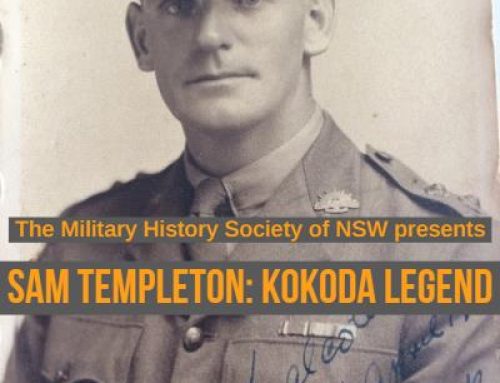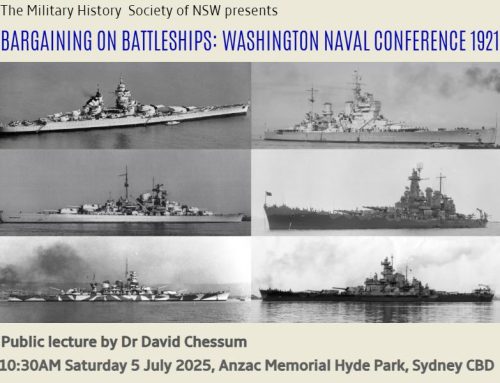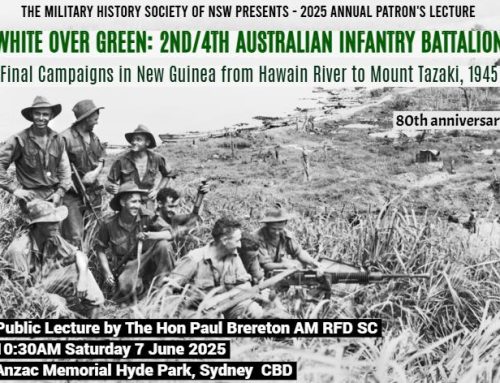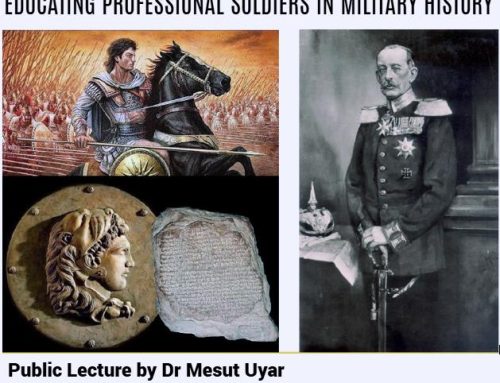How did the legend originate? Who was responsible? Is it historically valid?
A lecture by Dr David Martin
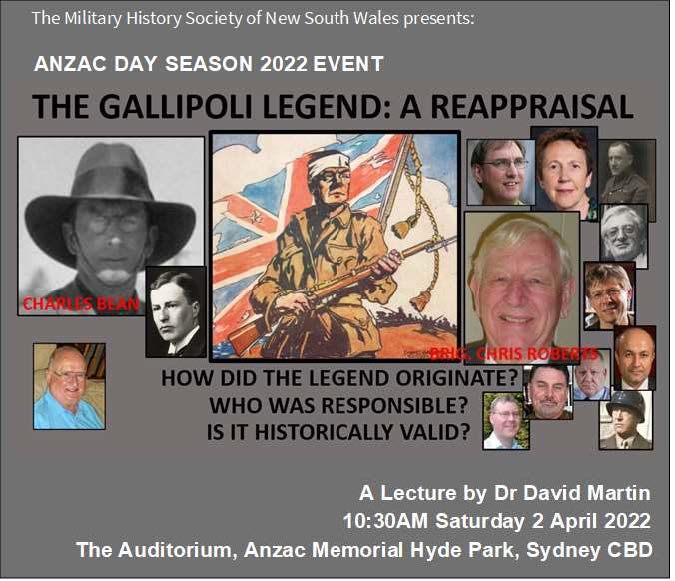 How the 1st AIF performed in the climactic phase of the fighting on the Western Front, in August- September 1918, provided evidence for exactly what the Australian people had been longing to hear for many-a-year: that when in uniform their young men were the best-of-the-best.
How the 1st AIF performed in the climactic phase of the fighting on the Western Front, in August- September 1918, provided evidence for exactly what the Australian people had been longing to hear for many-a-year: that when in uniform their young men were the best-of-the-best.
Having been expertly trained in state-of-the-art infantry tactics, and under the command of John Monash, in 1918 they performed spectacularly well on the battlefield. But such had not been the case when they first went into battle, on 25 April 1915. Then their training had been no better than basic, and they had a risk-averse command. It is little wonder that the Gallipoli landing failed to achieve its strategic objective – a fact disguised by heroic newspaper reports by Ellis Ashmead-Bartlett and Charles Bean, which had a limited basis in reality.
It was these reports that laid the groundwork for the original Anzac Legend: that the character of Australian troops and their skills, and ultimately their successes, were determined by their “Bush” background. In broad terms, Bean had already advanced this very proposition, before the war, and he proceeded to elaborate the Legend in Australia’s Official History of the war.
A significant portion of the lecture is devoted to Charles Bean, explaining how his own experiences and preconceived ideas are central to an understanding of how the Anzac Legend took shape. And, as a case study, the 25 April 1915 Gallipoli landing is used.
Dr David Martin is a member of the Military History Society of NSW. His interests in history are broad ranging. He has written on various aspects of Nazi ermany, and is the author of Germany 1918-1945, Oxford, 2001. For a lifetime, he has been interested in Australia during the period of the First World War. Originally from Armidale in northern NSW, he has conducted research into how that community was affected by the war. Due to the stresses it produced, in particular arising from the conscription referenda of 1916 and 1917, sectarian rivalries asserted themselves amongst the residents. It was not a particularly pleasant period of Australian history. But unlike the current crop of academic historians, Dr Martin does not subscribe to the proposition that the war was without moral purpose: the locals were never in any doubt that they were involved in fighting a “just war”. And at war’s end they banded together to construct a war memorial which reflected the enormous pride which the whole community felt in all their young men who had volunteered and gone off to fight as members of the AIF.


